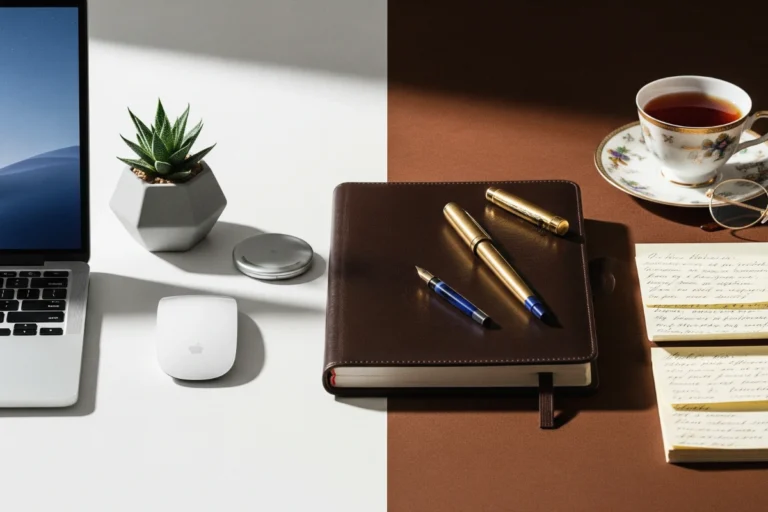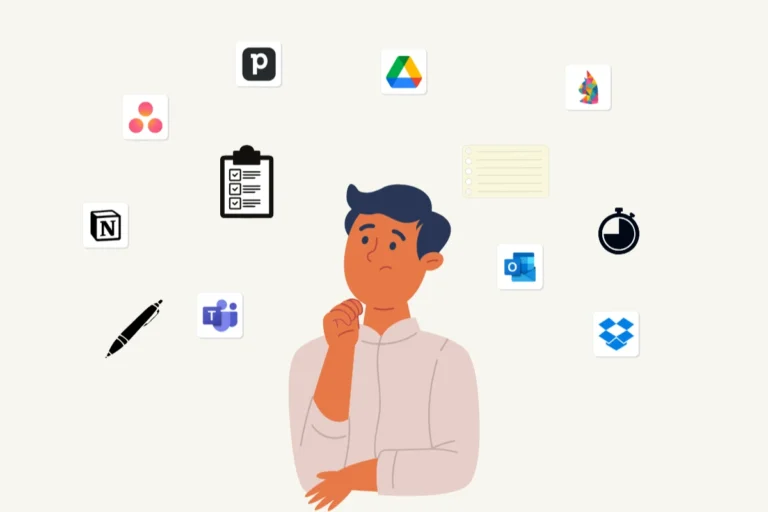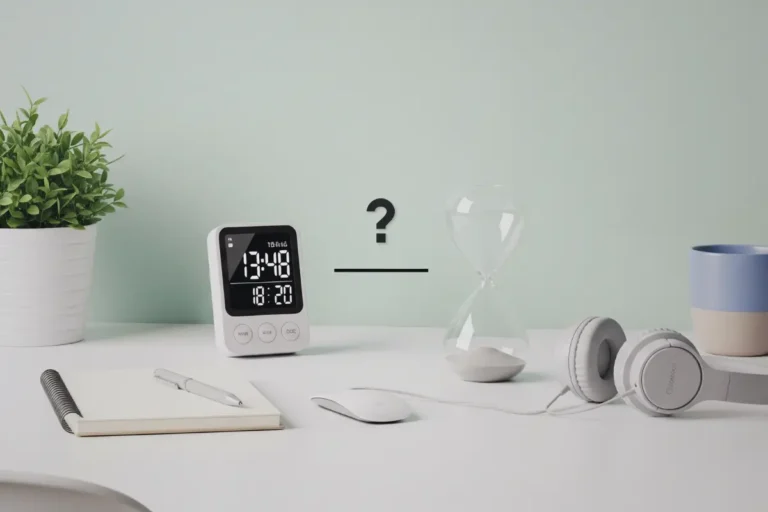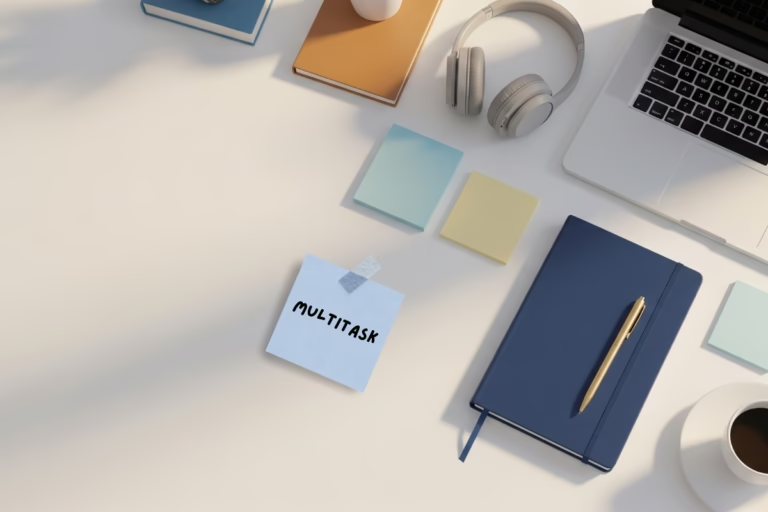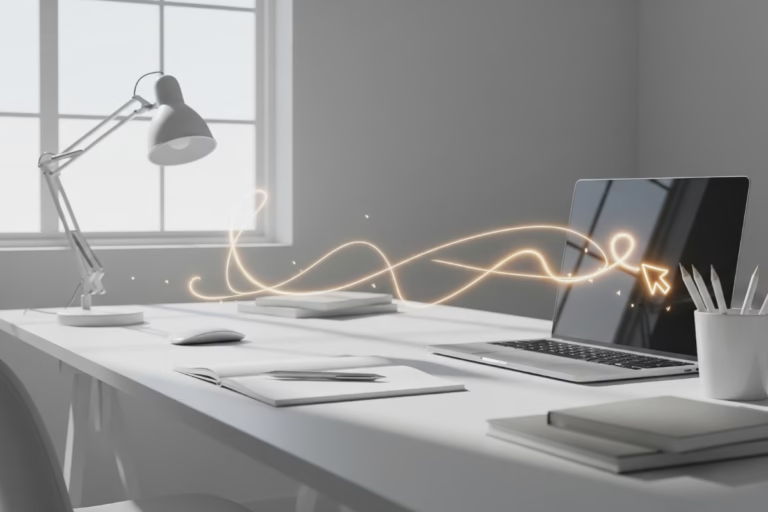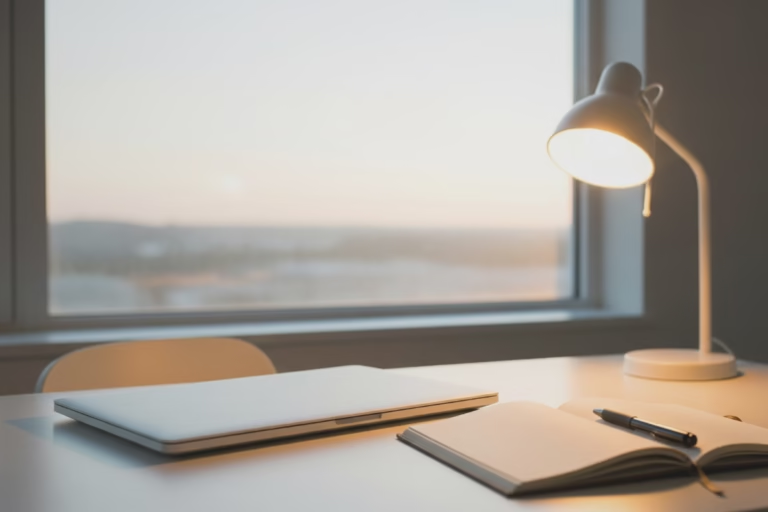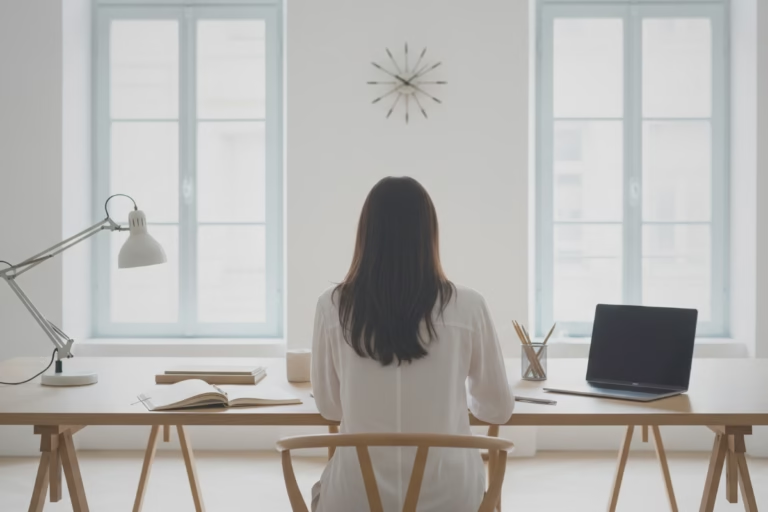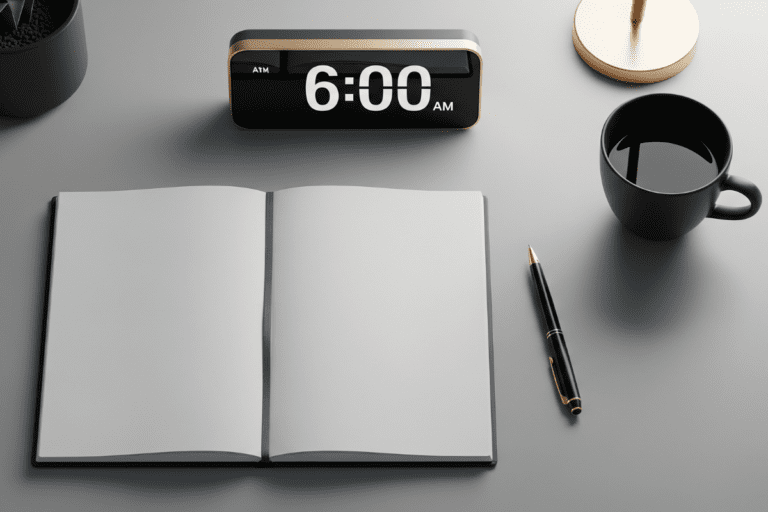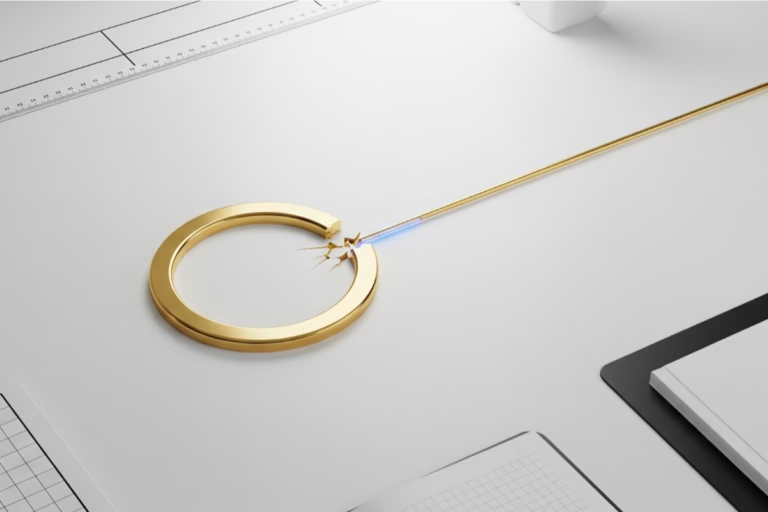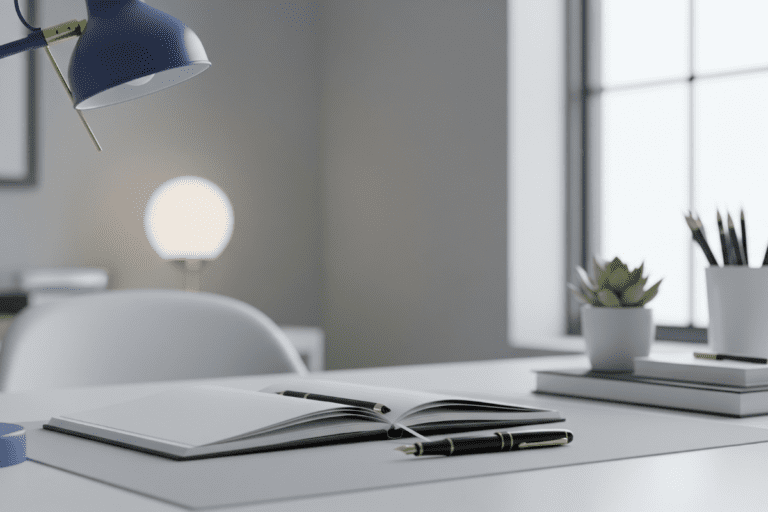Digital vs Paper Productivity Tools: A Strategic Comparison for High Performers
Which productivity setup is better — digital or paper? The answer isn’t absolute. Choosing between digital productivity tools, paper planners, or hybrid workflow tools depends on your goals, workflow, and performance identity. In this strategic comparison of digital vs paper productivity tools, we’ll examine the strengths, limitations, and practical use cases of each so you…

